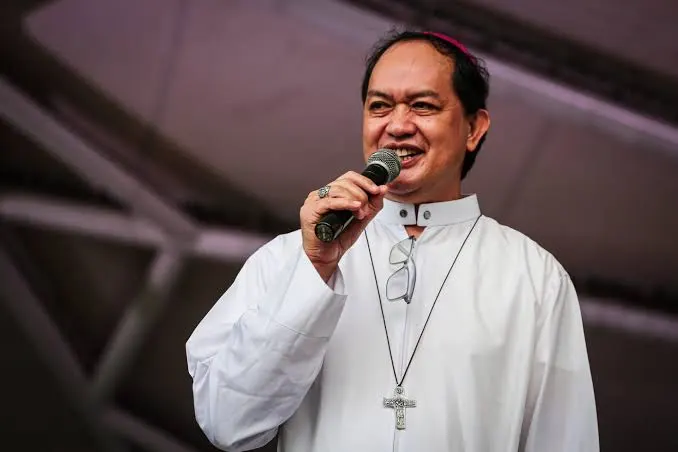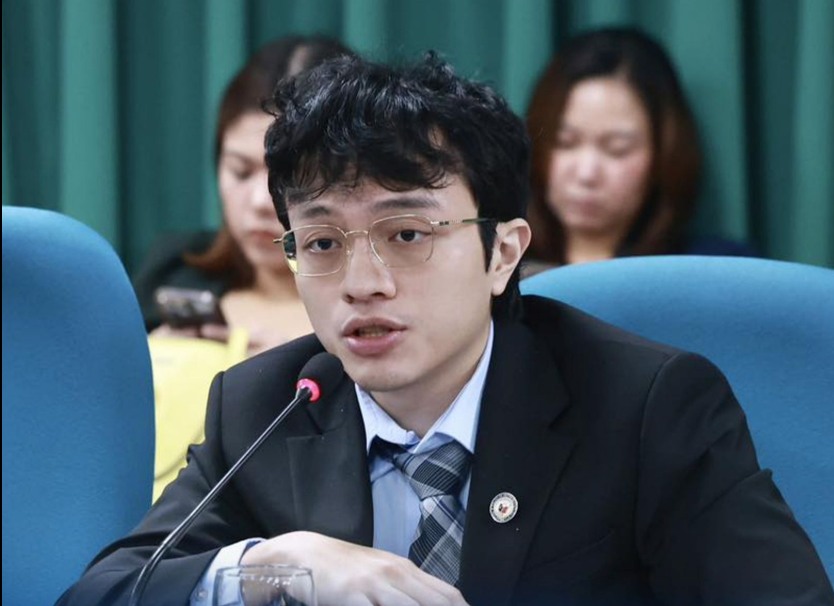By Diego Morra
Apart from laying the blame for the plunder of funds for flood control projects (FPCs) on the Department of Public Works and Highways (DPWH), the Filipino people must start asking serious questions about why the DPWH has become the hub of graft and why members of both the House of Representatives and the Senate have treated it as their piggy bank, with congressional insertions bloating the department’s annual appropriations and DPWH officials wondering why hundreds of billions of pesos are being parked with them.
This has happened with the 2025 General Appropriations Act (GAA) and surely occurred during the unlamented Rodrigo Duterte administration. In effect, the FPCs became the resurrection of the Priority Development Assistance Fund (PDAF), which was hated by taxpayers but which was used by lawmakers to their benefit. Sen. Joel Villanueva, Sen. Jinggoy Estrada and Sen. Rodante Marcoleta were linked to the disbursements of PDAF, along with former Senate President Juan Ponce Enrile. Millions of pesos were funneled through ghost foundations and bogus PDAF projects, and Enrile, Estrada and ex-Sen. Bong Revilla spent years in jail while facing criminal charges. Villanueva and Marcoleta are scot-free.
Like the ghost lurking in the dark corners of the two chambers, pork barrel was resurrected by popular legislative demand. Declared unconstitutional by the ponencia of no less than Associate Justice Lucas Bersamin, now Executive Secretary, pork barrel was enjoyed transmigration, embedded into the DPWH budget through the National Expenditure Program (NEP) or inserted by the most powerful cabal of lawmakers known as the bicameral conference committee (BCC), which can kill the items of the NEP in the General Appropriations Bill (GAB) and replace them with their pet projects.
The biggest scandal, however, is why the DPWH has not raised a ruckus about the patently illegal parking of funds for the benefit of favored contractors, including those owned by lawmakers or managed by their dummies. In the case of the P17-billion allotted for 331 FCPs in Quezon City, the projects continue to sleep and contribute to the flooding in Talayan and Tatalon, with Mayor Joy Belmonte saying city hall does not have control over the projects. The bigger issue is why local government units (LGUs) are being taken for granted in implementing these projects. Worse, these FCPs do not even give LGUs the courtesy of issuing building permits to them. Many buildings in UP Diliman apparently did not have building permits and the Discaya-initiated projects at UP Manila were never completed at all. UP, on its own, could have used its engineers, architects and planners to construct buildings but apparently some of these projects were undertaken through the Commission on Higher Education (CHEd.) The UP Community should raise a howl about this and condemn the failure of DPWH contractors to finish their projects promptly.
On a larger plane, DPWH could not have become the empire of graft without the indispensable collaboration of the executive and legislative branches of the government. The Department of Budget and Management (DBM), the Department of Economy, Planning and Development (DepDEV), formerly NEDA, as well as the planning offices all had a hand in crafting the NEP. Once approved in the plenary at the Lower House, the proposed budget goes to the Senate. Until the two houses agree on the NEP, the President will have no time to look into the crinkum crankum of the proposed annual budget. Only the budget of the Office of the President (OP), including its lightly-discussed Confidential and Intelligence Fund (CIF), gets the quickest approval by the legislature for the benefit of the many Mary Grace PIattoses and tchotchkes that function as snitches in this benighted land.
It is strange why the President still had to issue Executive Order No. 94 organizing the independent Commission on Infrastructure (ICI) when proof of plunder stares Marcos Jr. in the eye. In fact, the mountains of evidence of fiscal impunity come with complaints from ordinary folk and investigators could just check on them. For one, the Kilusang Magbubukid ng Pilipinas (KMP) has challenged Marcos Jr. and the ICI to investigate the country’s 5th top contractor, EGB Construction Corp., which is owned by Engr. Erni G. Baggao, and to probe infrastructure projects in Region II. EGB has secured 97 FCPs not only in Isabela but also in Aurora, Kalinga, Ilocos Sur, Ilocos Norte, Bataan, Oriental Mindoro, and Zambales, amounting to P7.98 billion.
Cagayan ranks 18th nationwide with the most FCPs with 167 while Isabela is a top recipients of billion-peso allocations for flood management. “Kasama ang Cagayan at Isabela sa may pinakamalaking pondo sa flood control, pero bakit tuwing may bagyo at baha, wasak pa rin ang kabuhayan ng mga magsasaka? Malinaw ang sagot: hindi napupunta ang pondo sa proyekto kundi sa bulsa ng mga tiwaling kontraktor at politiko,” KMP chairperson Danilo Ramos said. “We cannot allow another catastrophe like the collapse of the P1.8-billion Cabagan–Sta. Maria Bridge in Isabela. That 990-meter bridge, a vital link between Region II and the Cordillera Autonomous Region, collapsed in February 2025. Instead of boosting economic activity in Northern Luzon, its collapse represented a corrupt system that rewards political patrons and rogue contractors at the expense of the people.”
Is the ICI free to go after the worst protectors of DPWH plunderers and corrupt contractors? With the DBM and the Commission on Audit (COA) not exercising their oversight functions over DPWH officials and the contractors, the ease of committing graft is guaranteed. As it is, the system has been perfected and the principle of making “everybody happy” is etched in stone. With contractors under scrutiny visiting the Senate with alacrity to touch base with lawmakers, veterans and greenhorns alike, the general public will continue to be cynical about the ICI’s work. Unless the ICI members take in representatives of people’s organizations to monitor their work and perhaps help streamline their work, suspicions will run rife that Malacanang will never wreck the compromised system. The more it changes, the more it will remain the same.




